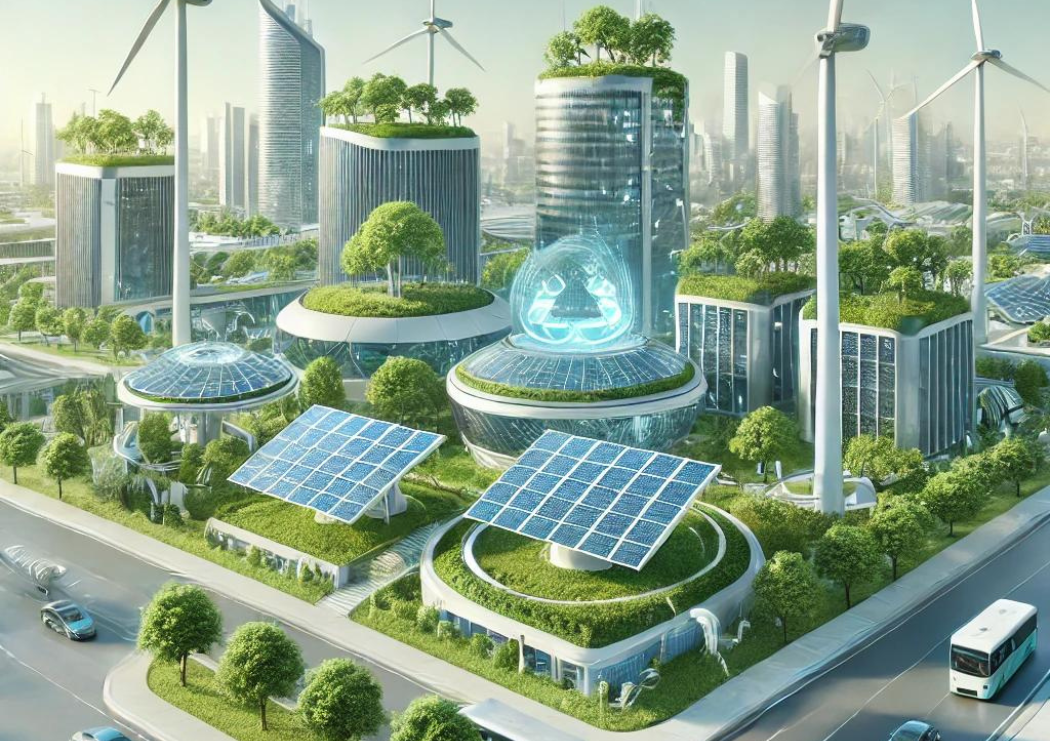Food Crisis No Problem
Food Crisis No Problem

This article examines the challenges posed by movement restrictions and changes in consumer demand due to COVID-19, emphasizing the importance of addressing underlying causes of hunger and the role of the World Food Programme in building food security.
Introduction
The challenges driven by movement restrictions, both national and international, and changes in consumer demand have significantly impacted food systems worldwide. With many consumers unable to dine in restaurants, there has been a noticeable shift toward home cooking. Concerns about health risks, such as contracting COVID-19 in supermarkets, have also deterred people from shopping in crowded environments (FAO, 2020g).
The Role of Community and Resilience
Dr. Vivek Murthy, the 19th and 21st U.S. Surgeon General, discusses his role in addressing pressing public health issues, including the loneliness epidemic and the importance of social connections. However, simply keeping people alive is not sufficient; we must tackle the underlying causes of hunger.
The World Food Programme (WFP) aims to provide food assistance to over 80 million people across 80 countries. While responding to immediate emergencies, the WFP also focuses on long-term solutions by building resilience, adapting to climate change, promoting good nutrition, and improving food systems, laying the foundation for a more prosperous future.
Climate Change and Global Hunger
The climate crisis is a leading cause of the rising global hunger rates. Climate shocks, such as extreme weather events, destroy crops and livelihoods, undermining people's ability to feed themselves. If immediate climate action is not taken, hunger will escalate further.
Decentralized Food Production
Decentralizing food manufacturing can mitigate the drawbacks of a centralized system, especially in the COVID-19 era. Establishing low-scale facilities closer to consumers reduces storage and transportation costs while minimizing environmental impacts. This approach shortens the supply chain, decreases emissions, and allows for fresher, natural products. It also streamlines administration to reach disadvantaged communities (Almena et al., 2019a; Almena et al., 2019b; FAO, 2005).
Combating Food Waste
On the demand side, initiatives like the "clean plate campaign" aim to reduce food waste. In 2015, a survey by the Chinese Academy of Sciences found that urban consumers wasted up to eighteen million tons of food, enough to feed fifty million people annually. Legislative measures are also being implemented to improve food safety, protect seeds, and safeguard farmland.
Health Risks in Food Processing
Food-processing facilities can be potential hotbeds for outbreaks. Maintaining social distance is challenging, and the noisy environment may lead workers to shout, increasing droplet transmission. Many workers, often low-income and without insurance, risk exposure by going to work even when ill, heightening infection risk. The cold and humid conditions in these facilities further facilitate the spread of COVID-19 (Stewart et al., 2020).
Research indicates that the virus is highly stable at low temperatures and on smooth surfaces. Cooking temperatures above 70 °C are sufficient to kill SARS-CoV-2, highlighting the importance of sanitary practices in food preparation and storage (Chin et al., 2020).
Conclusion
In conclusion, addressing the food crisis requires a multifaceted approach. While immediate assistance is essential, long-term solutions must focus on building resilient food systems and tackling the root causes of hunger. By reforming food production and distribution practices, we can create a more sustainable future for all.






Leave a comment